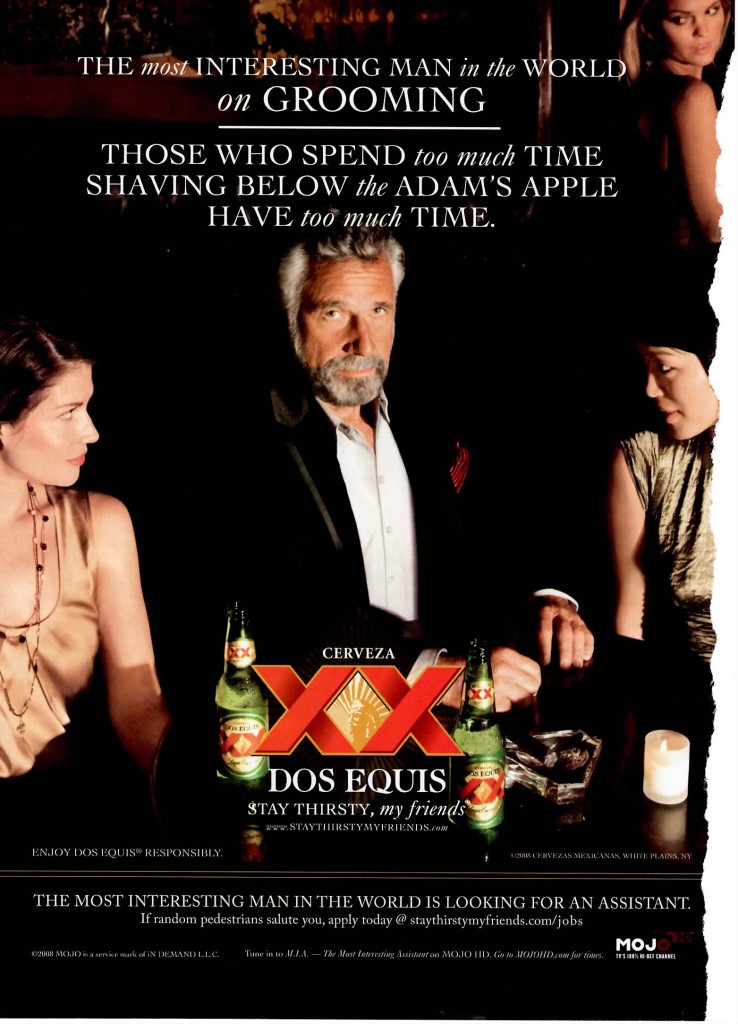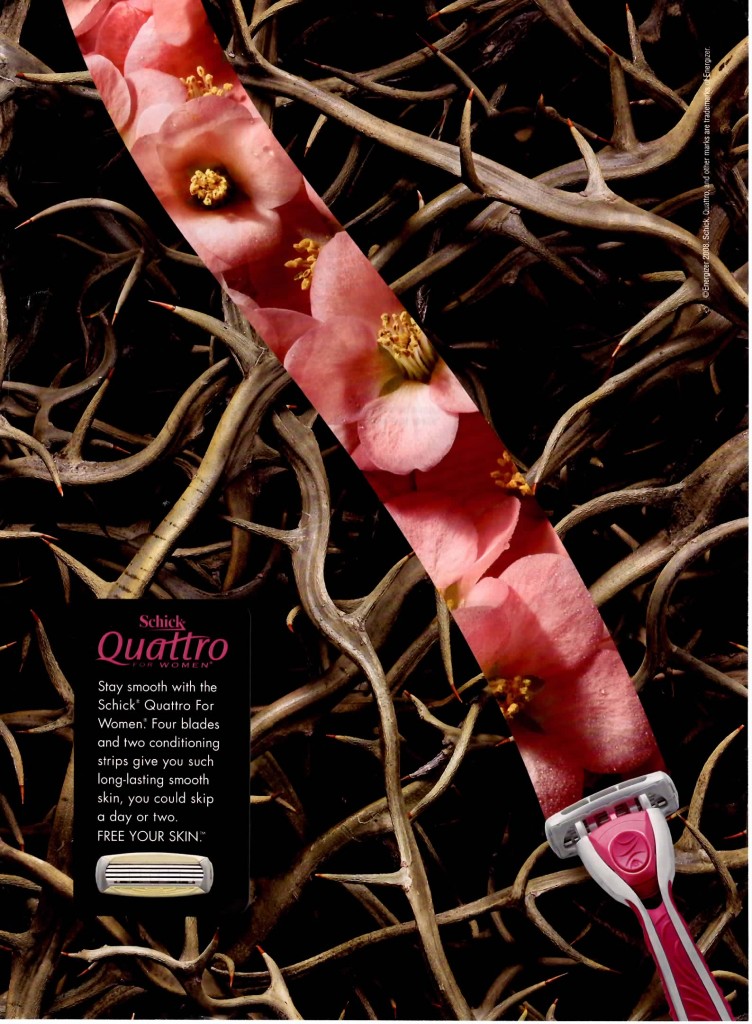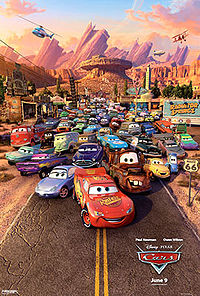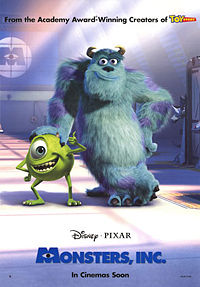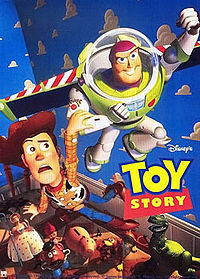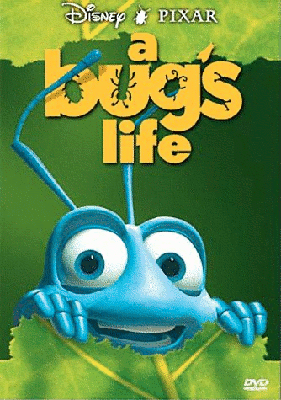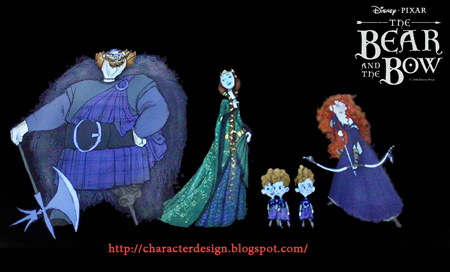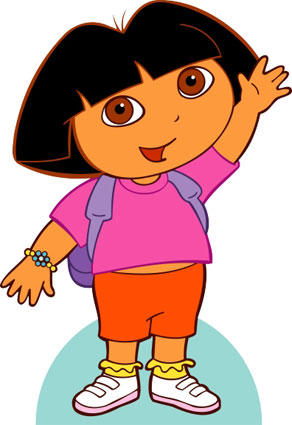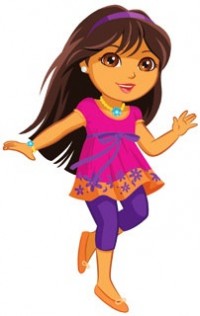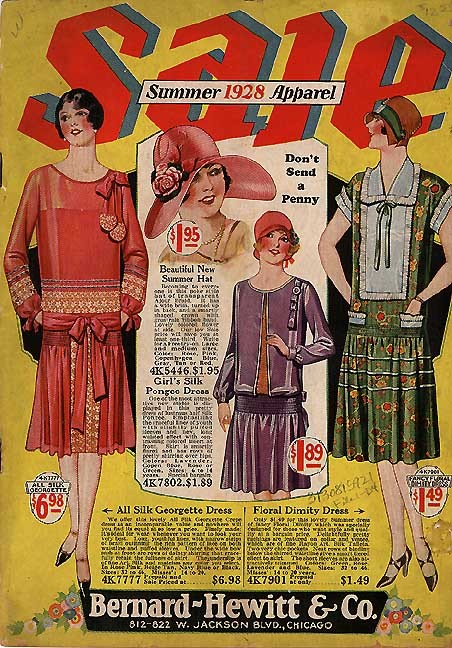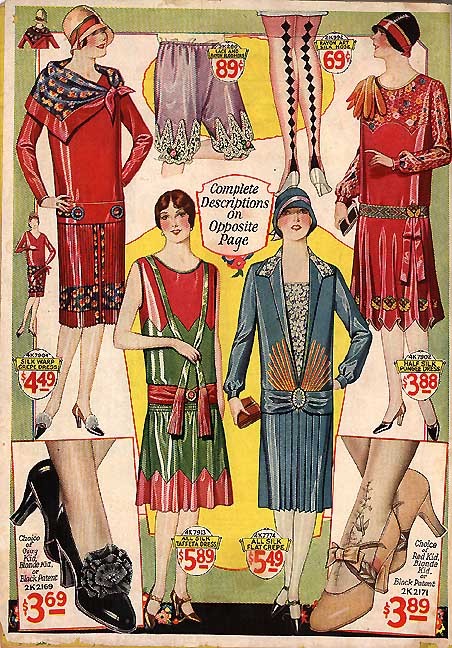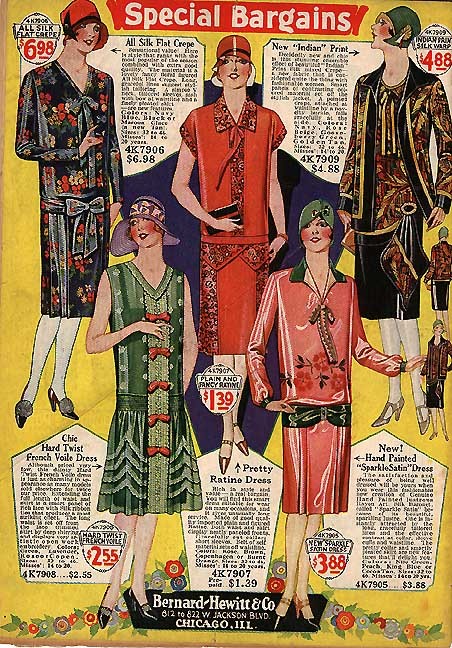Chris S. sent in a link to a post at Korea Beat about a town in South Korea that now has parking spots designated for women only. My first thought was that maybe they were for pregnant women–when I lived in Utah I’d sometimes see parking spots that were reserved for expectant mothers. But no. These are just for women in general. Here’s a photo:
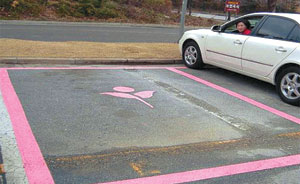
Part of the English translation of the original article, from Korea Beat:
The “pink lines”, painted pink, are 2.5 meters wide rather than the standard 2.3, offering aid to women drivers unskilled at parking.
This in a city chosen by a South Korean official as “the first woman-friendly city.”
I wonder if there’s any evidence that female drivers in South Korea are involved in more accidents or have a harder time parking than men. What, exactly, led to this? I don’t know a ton about South Korean culture; for those of you who do, is there a good reason we’d expect women to be less skilled at driving/parking than men? Are women generally discouraged from driving or something? Insights will be greatly appreciated.
NEW! (July ’10): Majd Al-Shihabi sent us a photo of similar parking spaces in Croatia. They are next to the parking spaces for those with disabilities and are about 50% wider than standard spaces:


